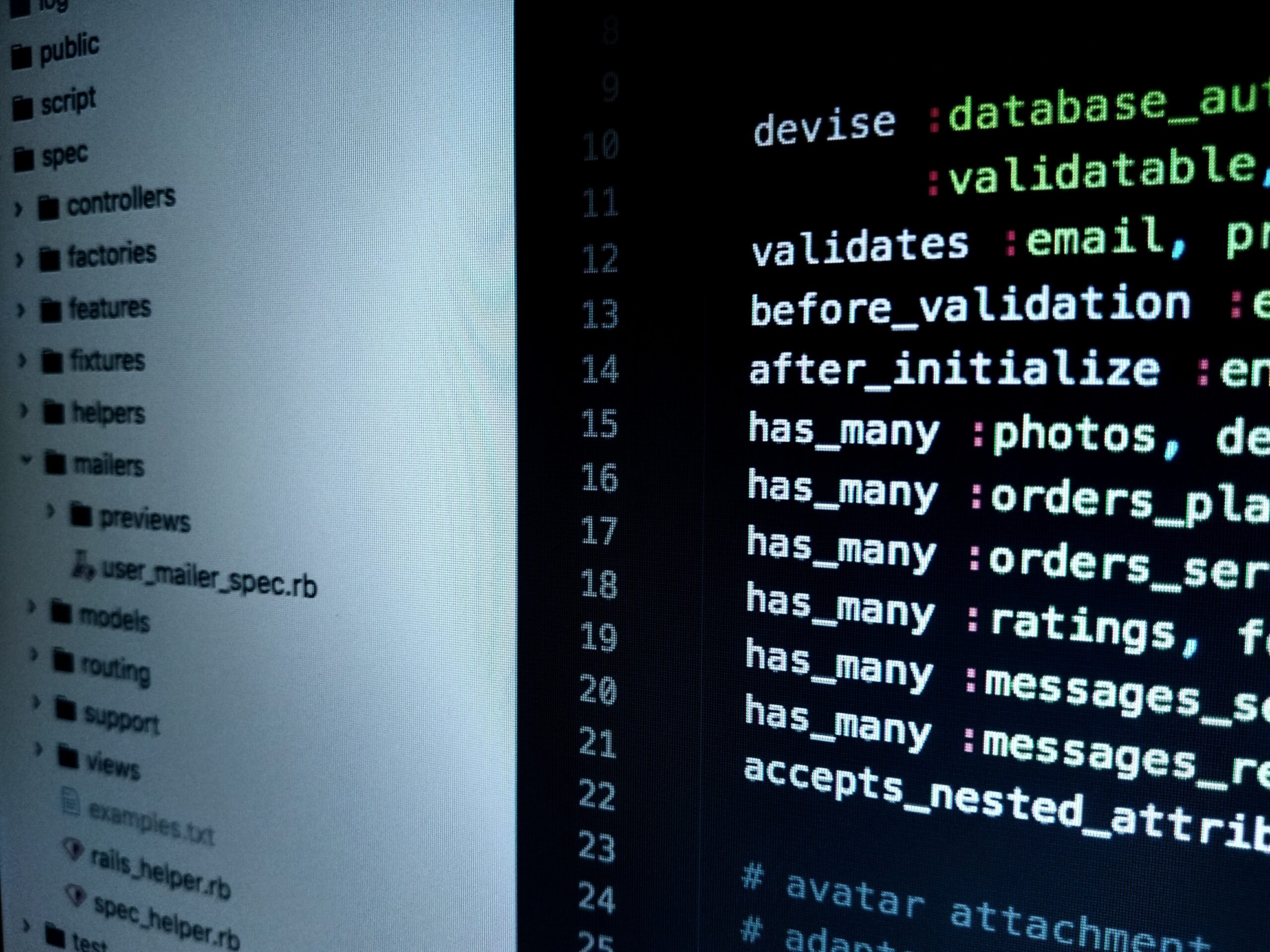When a person starts volunteering, they quickly find out how much their community needs them, and how valuable their special skills are to those in need.
What Is Hour of Code?
After participating in an Hour of Code event where I taught a group of students about computer coding, my interest in community service was sparked. If you’re not familiar with this organization, Hour of Code helps educators and other professionals across the world host computer science classes. Their mission is to make coding approachable, and encourage young people from all walks of life to pursue a fulfilling career in technology. Their free tutorials make arranging a session easy, even for those of us who aren’t well-versed in hosting events. Since their inception in 2013, they’ve served nearly 1.2 million people across more than 180 countries.
Taking a Different Approach
I’ve always prided myself on being someone who likes to problem-solve and tinker with things to gain an understanding of its inner workings. When brainstorming ideas for my event, my thinking was that I should find a way to demystify what’s inside a computer and how it works. My wife is a former 5th grade teacher, so I was lucky enough to be able to work with a group of students from the school she used to work.
I opted to take a unique approach to introducing coding to students. Hour of Code primarily focuses on teaching others how to write code, but I wanted to help people actually feel the technology. When a student takes a coding class, they can usually grasp the way that code structures work, but the technology is still mysterious and difficult to grasp. Instead of bringing in computers and having everyone go through basic exercises, I went lo-fi and physically walked the students through a demonstration.
I instructed the students that we were going to pretend to be a computer, and we would run a set of instructions to see what would happen. The goal was to show them how instructions are sent to a computer and how they’re interpreted if they’re not clear. As the exercise progressed, the students would see what happens to the computer, and if there are any bugs in the instructions. After encountering a bug, the group would identify the bug and think of ways to resolve the problem.
The Future of Technology
This techless approach to teaching code helped to break down the wall between complicated technological concepts and young students. My hope is that more people will realize how rewarding a career in technology can be, and how achievable it is if you have an appreciation for learning.






